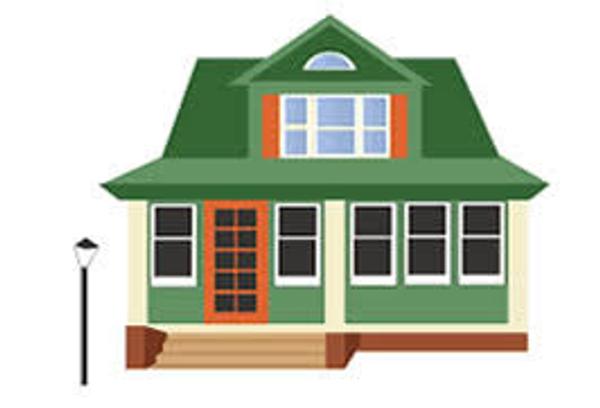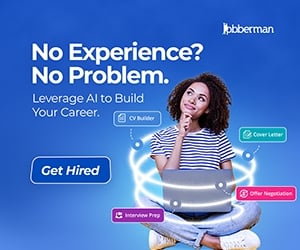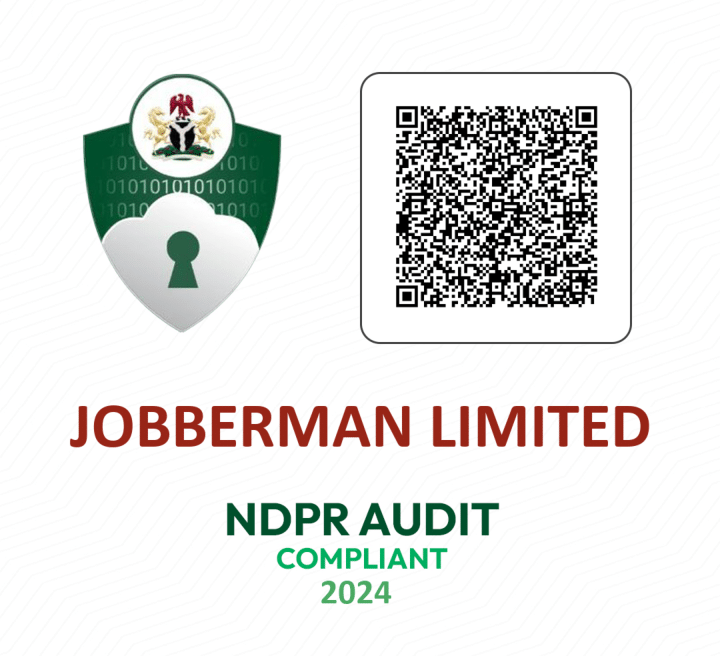Trades & Services Jobs in Nigeria
Trades & services job openings in Lagos feature 42 current job vacancies with pay ranging from 110K NGN for entry roles to as much as 750K NGN might earn for top positions; roles like operations manager, cleaning staff, and security officer are in demand, with employers such as E-direct, Kenex Konsults International, and Ductmark Integrated Services Limited seeking candidates skilled in operations, maintenance, and communication, often requiring no experience or up to five years, and many positions are entry level.

Clear Essence California Spa
Trades & Services
1 month ago

The Junior Maintenance Technician supports the Maintenance Department in carrying out routine repairs, preventive maintenance, and general upkeep of the hotel and spa facilities. No prior formal experience is required; training will be provided.
1 month ago

We are urgently looking for a qualified Import–Export Executive that will be responsible for coordinating and executing all import and export activities, ensuring compliance with local and international regulations, timely cargo movement, accurate documentation, cost-effective logistics, and effective liaison with suppliers, Customs agents, etc.
This action will pause all job alerts. Are you sure?
Turning Point Cleaning Service
Trades & Services
2 days ago

Turning Point Cleaning Services is a fast-growing professional cleaning company providing quality cleaning services for residential, office, and commercial spaces. We are currently recruiting Trainee Cleaning Staff who are willing to learn, grow, and build a career in the cleaning industry.
Dreamz Fashion Konceptz and Services
Trades & Services
4 days ago

We are hiring a skilled shoe maker to produce high-quality men’s and women’s footwear from start to finish, maintaining clean finishing, correct sizing, and consistent standards.
AbdulSalam Bello Raji Foundation
Trades & Services
4 days ago

They will be responsible for maintaining a clean, safe, and hygienic environment. The role supports a welcoming atmosphere for patients and visitors.
5 days ago

As a Massage Therapist / Spa Therapist at The Baddie Lab, you will deliver five-star treatments that blend relaxation, effectiveness, and luxury. Beyond massage work, you will perform high-quality facials, support our medical aesthetics team, and maintain the signature Baddie Lab standard of excellence.
Trades & Services
5 days ago
A Nail Technician / Eyelash Technician is responsible for providing high-quality nail care and eyelash enhancement services to clients.
5 days ago

We are expanding our in-store teams and looking for passionate, well-groomed, and customer-focused Beauty Advisors to join our growing retail network.
1 week ago
A Gateman is responsible for controlling access to a building, residence, or facility by monitoring entry and exit points.
1 week ago
We are seeking a vigilant, disciplined, and reliable Security Officer to safeguard our premises, staff, and visitors. The ideal candidate will be responsible for monitoring activities, enforcing policies, and ensuring a safe and secure environment at all times.
Kenex Konsults International
Trades & Services
1 week ago
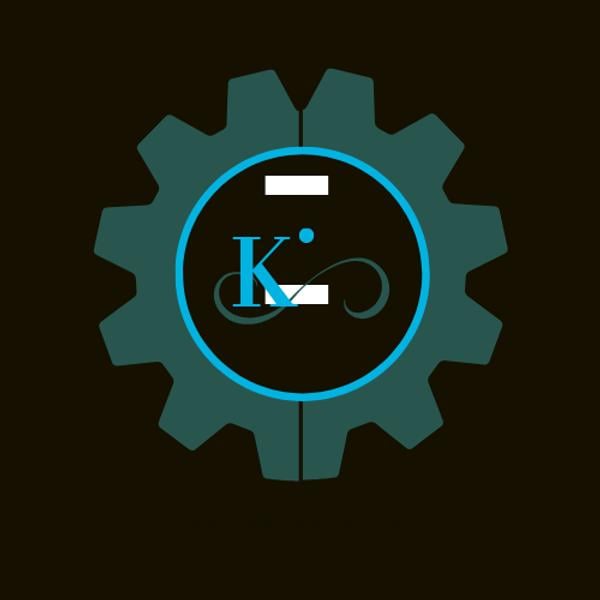
A Presser is responsible for finishing garments and textiles by operating steam presses, ironing equipment, or finishing machines to remove wrinkles and restore proper shape and appearance. The role ensures that cleaned items are presented to customers neatly, accurately, and according to quality standards.
King Ghali International Logistics
Trades & Services
1 week ago
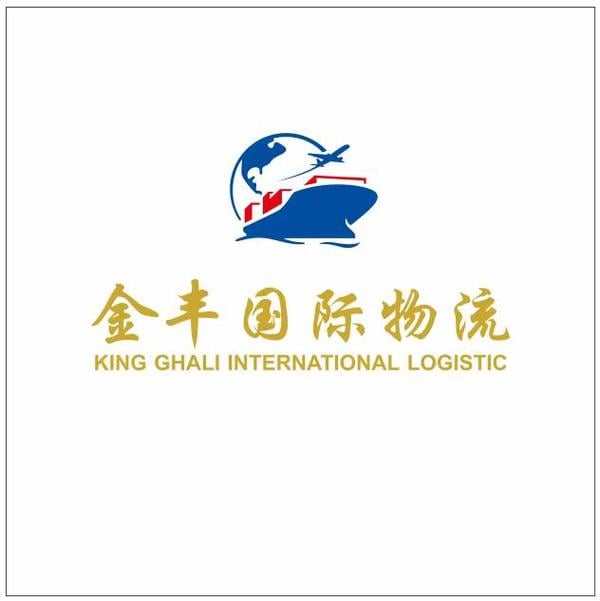
Festac Lina Suits Hotel is recruiting for the position of Hotel Maintenance Electrician – join us!
Kenex Konsults International
Trades & Services
1 week ago

Laundry & Dry-Cleaning Personnel is responsible for cleaning, treating, pressing, and finishing customer garments, linens, and specialty fabrics using both traditional laundry processes and dry-cleaning equipment. The role ensures high-quality cleaning results, proper garment care, and timely order completion.
Kings Unique Security Services
Trades & Services
1 week ago
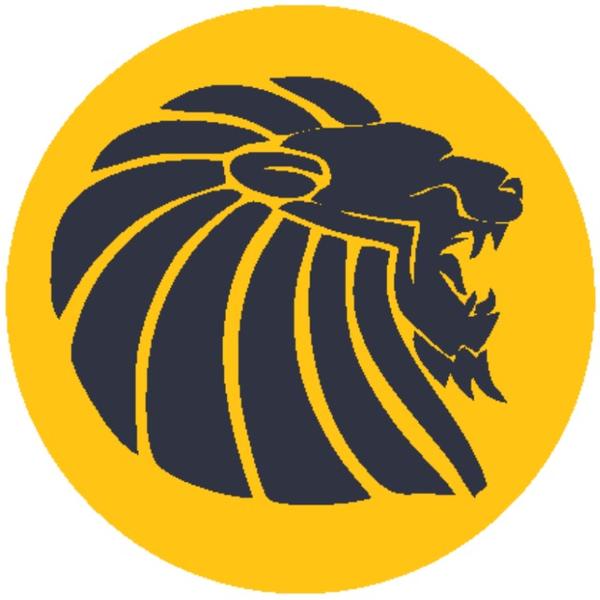
As a Security Officer at KUS, you will play a vital role in safeguarding lives, property, and assets at assigned locations. You will be responsible for maintaining a secure environment through vigilance, discipline, and adherence to company and client security protocols.
1 week ago

Our Restaurant needs a maintenance technician to handle routine repairs, troubleshoot faults, and ensure machines, equipment's and facilities are in good working condition.
Trades & Services
1 week ago
An AC Maintenance Technician is responsible for installing, troubleshooting, repairing, and maintaining air-conditioning systems to ensure optimal performance and energy efficiency. The role involves conducting routine inspections, identifying mechanical and electrical faults, replacing faulty components, and cleaning and servicing units.
Stay Updated
Join our newsletter and get the latest job listings and career insights delivered straight to your inbox.
We care about the protection of your data. Read our privacy policy .


